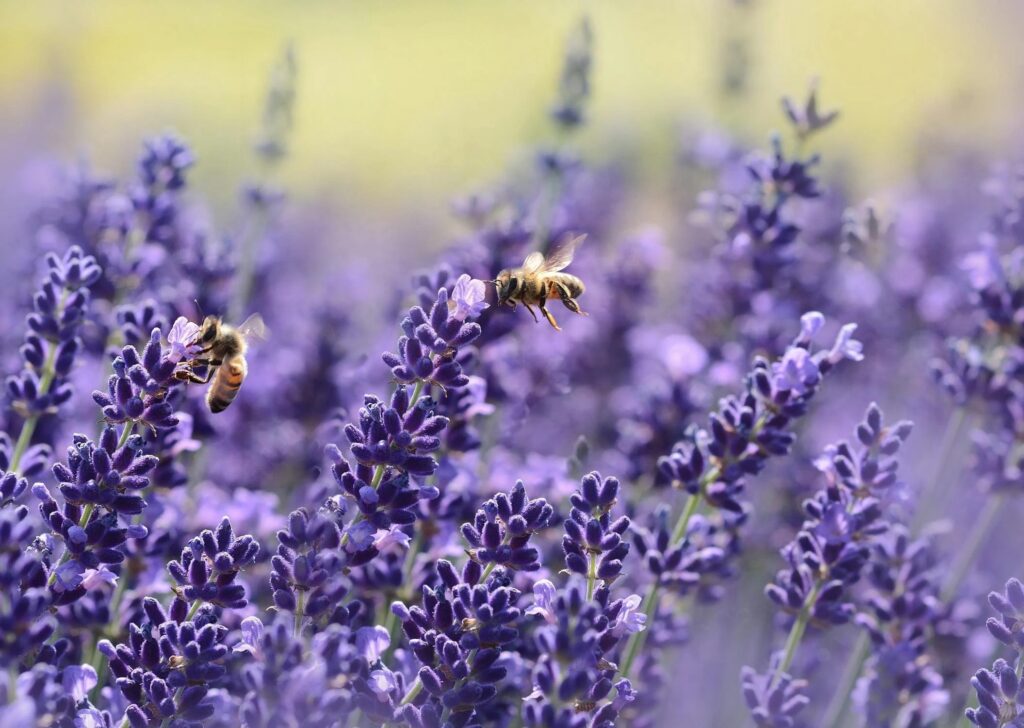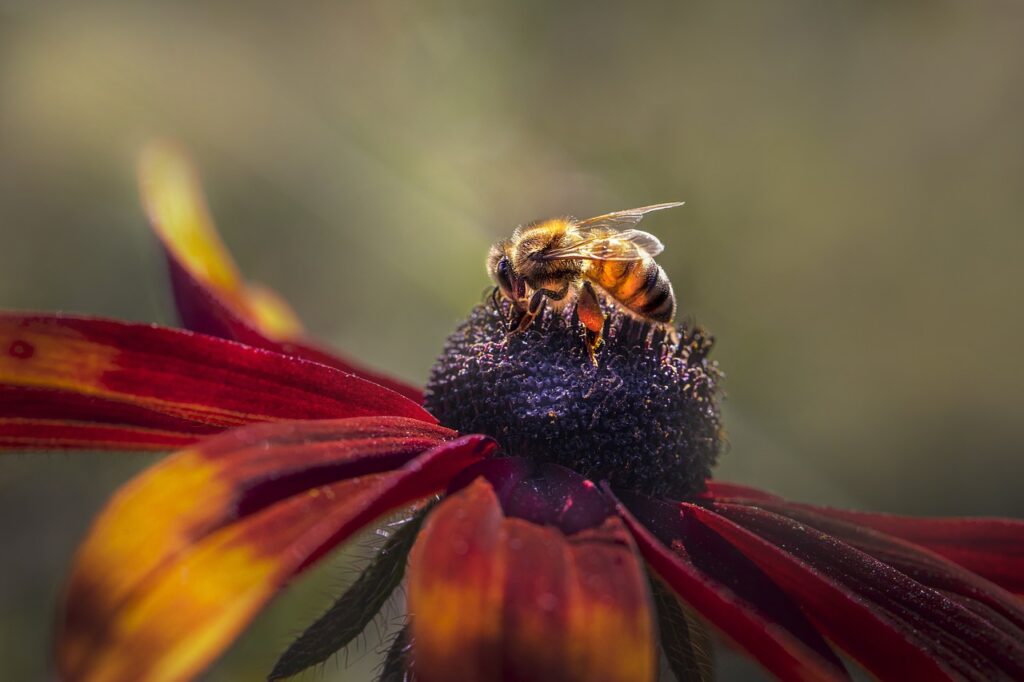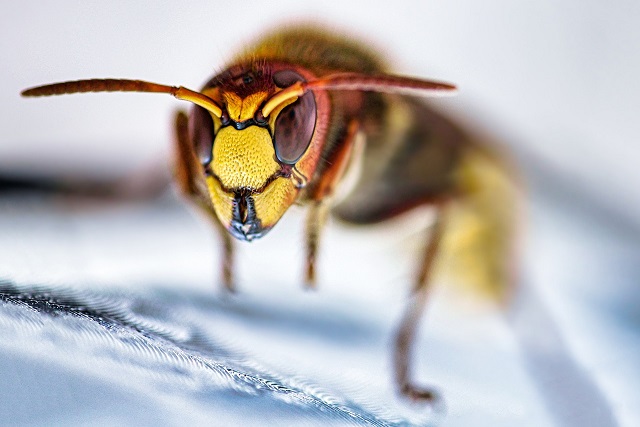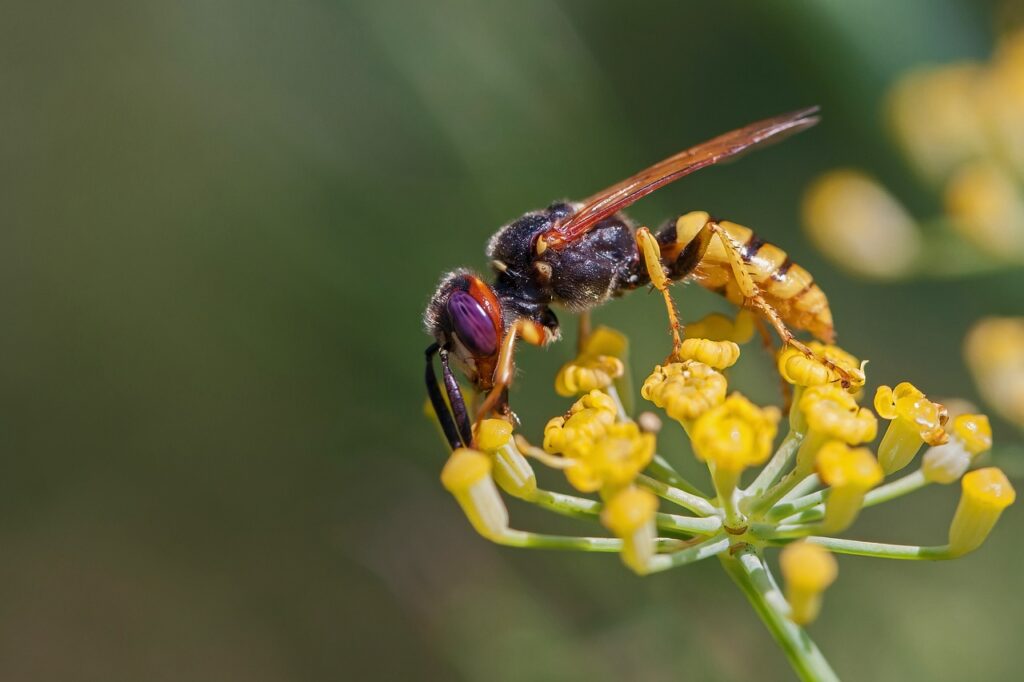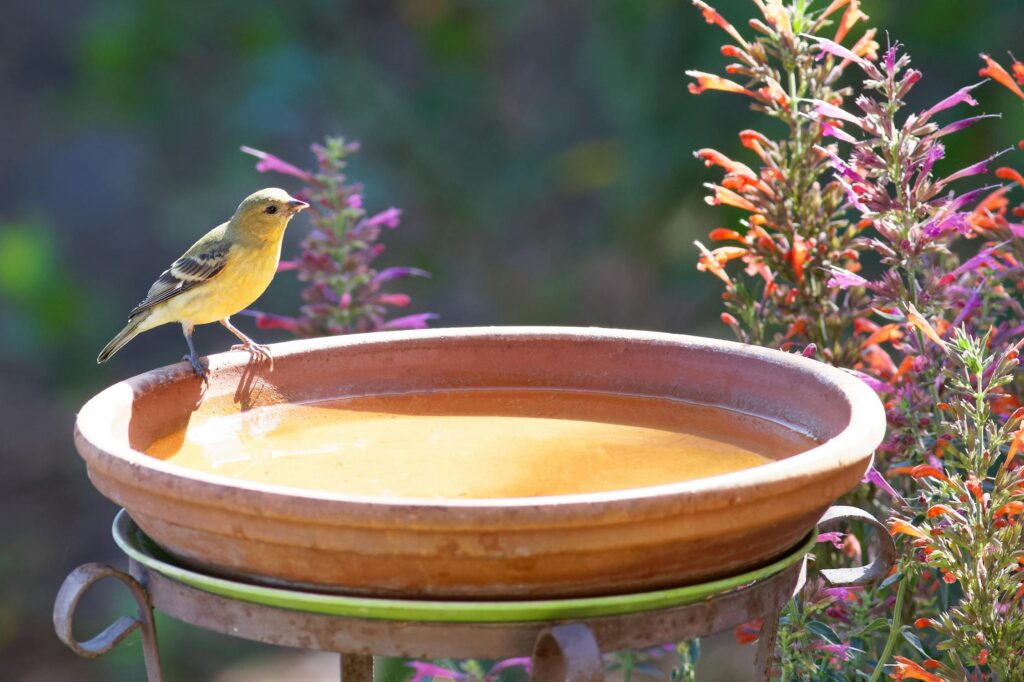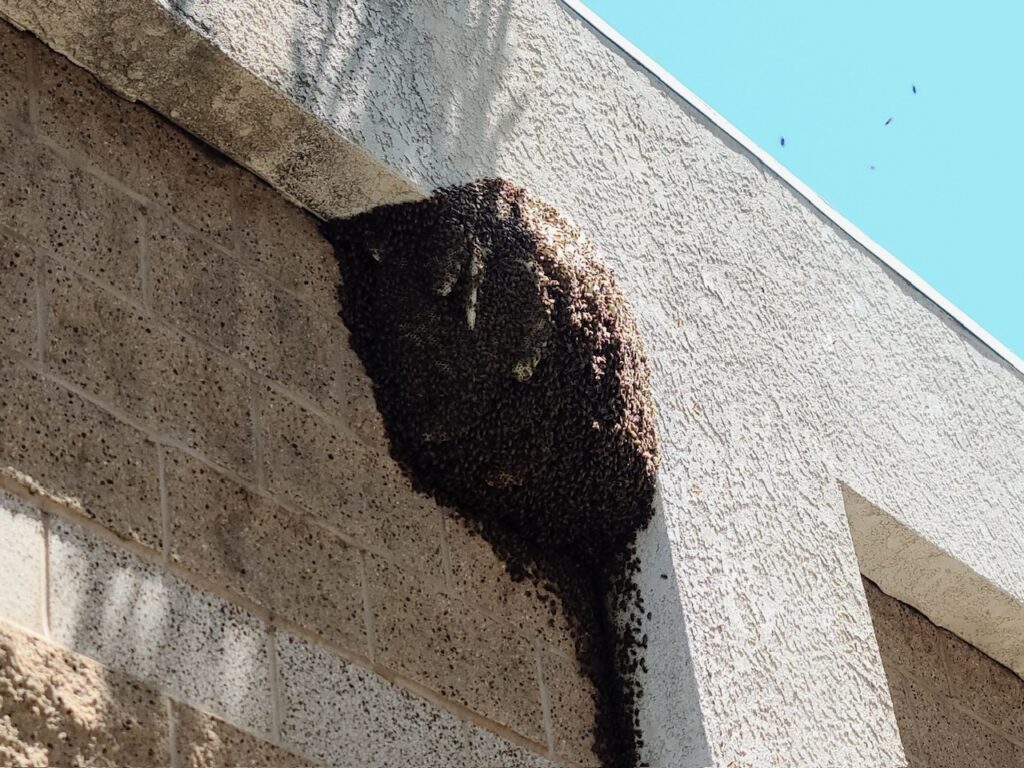Bee News
Bees and warm weather



Bees are fascinating creatures that are deeply influenced by weather conditions, especially warm weather. Here’s a detailed look at how bees interact with warm weather and the effects it has on their behavior, activities, and well-being.
Influence of Warm Weather on Bees
Activity Levels
– Increased Foraging: Warm weather, especially in the spring and summer, stimulates bees to become more active. They spend more time foraging for nectar and pollen, which are essential for feeding the colony and producing honey.
– Peak Hours: Bees are most active during the day when temperatures are warm. They tend to forage from mid-morning to mid-afternoon, when flowers are open and nectar availability is at its highest.
Nesting and Reproduction
– Queen Egg-Laying: In warm conditions, the queen increases egg production to take advantage of abundant resources. This leads to a growth in colony size.
– Swarming: In late spring and early summer, when colonies are thriving, swarming behavior can occur. This is when a portion of the hive, along with a new queen, leaves to establish a new colony. Swarming is more frequent in warmer weather due to optimal conditions for colony expansion.
Thermoregulation
– Maintaining Hive Temperature: Bees maintain a stable temperature inside the hive (about 93°F or 34°C) for brood development. During hot weather, bees use several techniques to cool the hive, such as:
– Fanning: Worker bees fan their wings to circulate air and cool the hive.
– Water Collection: Bees collect water and distribute it throughout the hive. Evaporation of this water helps lower the internal temperature.
Flower Interaction and Pollination
– Bloom Cycles: Warm weather encourages the blooming of flowers, providing ample resources for bees. Bees play a crucial role in pollinating many of these plants, which in turn supports ecosystems and agriculture.
– Nectar Production: Many plants increase nectar production during warm weather, providing a richer food source for foraging bees.
Potential Challenges
Heat Stress
– Overheating: Prolonged and extreme heat can cause stress to bees. If temperatures inside the hive rise too high, it can be detrimental to the brood and adult bees.
– Water Needs: Bees need to collect more water during extreme heat to cool the hive, which can be strenuous if water sources are not readily available.
Dehydration
– Foragers at Risk: Bees that spend extended periods foraging in hot weather risk dehydration. Adequate water sources near the hive are essential to prevent this.
Flower Availability
– Drought Conditions: Extended periods of high temperatures and lack of rainfall can lead to drought, reducing flower availability and thus limiting nectar and pollen resources for bees.
Supporting Bees in Warm Weather
Providing Water Sources
– Accessible Water: Ensure bees have access to shallow, safe water sources. Adding floating materials like corks or stones can help them land and drink without drowning.
– Water Stations: Create water stations with a continuous supply of fresh water near gardens, farms, or apiaries.
Planting Bee-Friendly Flowers
– Drought-Resistant Plants: Plant a variety of flowers that bloom at different times and can withstand heat and drought conditions. This ensures a continuous supply of nectar and pollen throughout the warm months.
– Native Plants: Incorporate native plants into your garden or landscape, as they are better adapted to local climate conditions and provide good foraging opportunities for local bee populations.
Shade and Hive Placement
– Shade: If managing hives, place them in locations where they receive morning sun but are shaded during the hottest parts of the day.
– Ventilation: Ensure hives have proper ventilation. This can help maintain a suitable internal temperature and reduce the risk of overheating.
Understanding the relationship between bees and warm weather is crucial for supporting their health and productivity. By providing the right resources and considering their needs, we can help bees thrive during the warmer months, which is beneficial for them and critical for the environment and agriculture.








